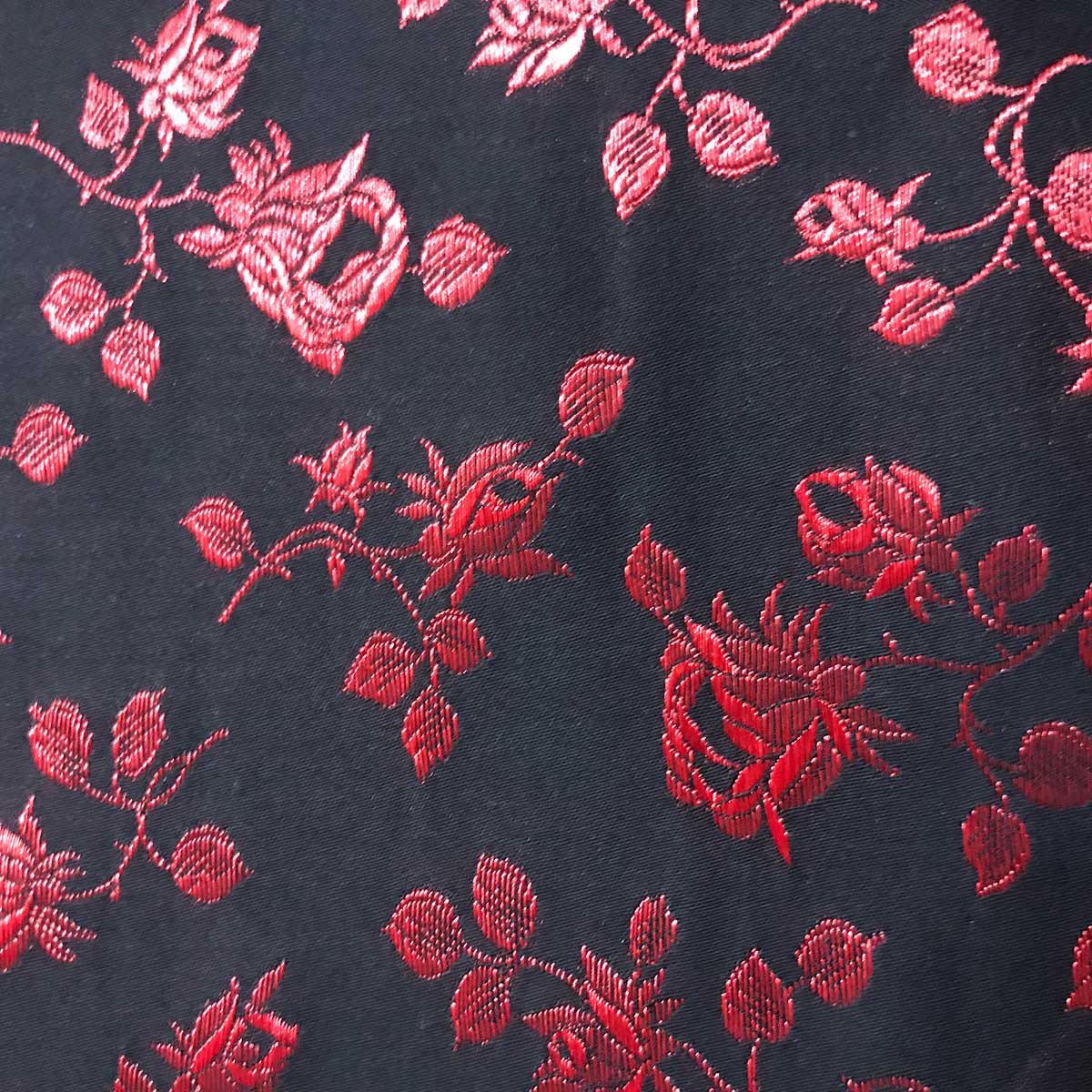

This makes the waist the critical measurement when sizing your corset.

The majority of the tension running through a corset is focused on the waist. before asking who he is, where hes come from, where hes headed. Constructed with a jacquard-weave, brocades are characterized by curved, intricate images woven into the fabric to given a high-low woven-in embroidery effect. Our patterns have been developed and tested to fit a variety of body shapes using these adjustments. Brocade fabrics are often used to create the iconic looks of royalty, performers, and bold party-goers alike. You can "Open" or "Close" the lacing at the Bust, Waist & Hip independently for the perfect fit. Simply select the Corset Size that corresponds with Your Natural Waist Measurement.Ĭorsets are fully adjustable at the back. This is already factored in to our size chart. "Waist Taming" corsets are rated to a 4 " Waist Reduction and are to be worn with at least a 2" gap at the back. Be sure to ask permission before you share.Our sizing chart below is to be used with your body measurements. Interview a family member or friend and ask them the same questions: How does your culture or family treat strangers? How does your culture treat close family members or friends? Why? Share your interview with the class. Write your own poem exploring how your culture or family views treating others or about another important aspect of your culture.Įxtension for Grades 9-12: Think back to the discussion at the beginning of class. That way, he’ll have strength enough to answer. What argument is the speaker making? Why? How is the speaker refusing to be “claimed”?Įxtension for Grades 7-8: Think back to the discussion at the beginning of class. The Arabs used to say, When a stranger appears at your door, feed him for three days before asking who he is, where he’s come from, where he’s headed.

Whole-class Discussion: Re-read the last two stanzas in the poem. How does the speaker treat strangers? What might this imply about the speaker’s culture? before asking who he is, where he’s come from, where he’s headed. Small-group Discussion: Share what you noticed in the poem with a small group of students, recalling the discussion from the beginning of class. The Arabs used to say, When a stranger appears at your door, feed him for three days. Call back the lines that you like by saying these lines aloud with your classmates.

You may opt to listen to the poet read the poem aloud twice here. Listening to the Poem ( enlist two volunteers to read the poem aloud): Listen as the poem is read aloud twice, and write down any additional words and phrases that stand out to you. With a floral zari weaving border and a heavy brocade aanchal,this saree comes with a red Resham and zari blouse. In an opulent zari jaal brocade weaving is this regal pure katan silk saree with mixed shades of red, pink and rust orange.
#Red brocade full
What do you notice about the poem? Annotate for any words or phrases that stand out to you or any questions you might have. Classic pink with rust orange and hints of red full brocade banarasi saree. Reading the Poem: Read the poem “ Red Brocade” by Naomi Shihab Nye silently. Warm-up ( quick write): Write a sentence about a time you felt very welcomed by someone else.īefore Reading the Poem ( pair share): Join with a partner and share answers to the following questions: How does your culture or family treat strangers? How does your culture treat close family members or friends? How is this the same or different? Why?


 0 kommentar(er)
0 kommentar(er)
